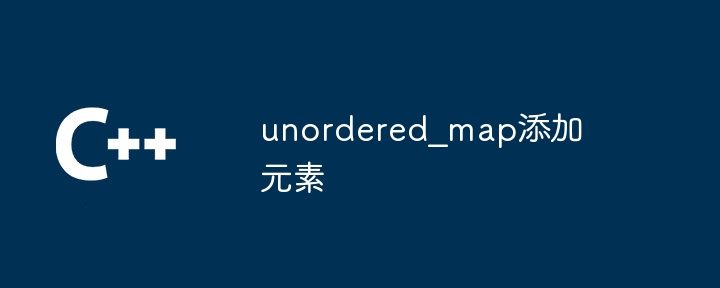c++++ 标准库提供以下有用的内置函数:min() 和 max():分别返回两个整数中的较小值和较大值。find():在字符串中查找子字符串的第一个出现位置。stoi():将字符串转换为整数。

C++ 自身函数探究与实际场景应用
前言
C++ 标准库提供了一系列实用的内置函数,它们可以简化代码,提高效率。本文将深入探讨几个有用的 C++ 自身函数,并展示其在实际场景中的应用。
int min(int a, int b)
min() 函数返回两个整数中的较小者。它在比较两个值并确定较小值时非常有用。
#include <iostream>
#include <algorithm>
using namespace std;
int main() {
int a = 10;
int b = 15;
cout << "较小值为:" << min(a, b) << endl; // 输出:10
return 0;
}int max(int a, int b)
max() 函数与 min() 函数类似,但它返回两个整数中的较大者。
#include <iostream>
#include <algorithm>
using namespace std;
int main() {
int a = 10;
int b = 15;
cout << "较大值为:" << max(a, b) << endl; // 输出:15
return 0;
}string find(const string& str, const string& substring)
find() 函数在字符串中查找子字符串的第一个出现位置,如果找不到则返回 string::npos。
#include <iostream>
#include <string>
using namespace std;
int main() {
string str = "Hello, world!";
string substring = "world";
int pos = str.find(substring);
if (pos != string::npos) {
cout << "找到子字符串的位置:" << pos << endl; // 输出:7
} else {
cout << "未找到子字符串" << endl;
}
return 0;
}int stoi(const string& str)
stoi() 函数将字符串转换为整数。它可以用于解析来自用户输入或配置文件的数字字符串。
#include <iostream>
#include <string>
#include <cstdlib>
using namespace std;
int main() {
string str = "42";
int num = stoi(str);
cout << "转换后的数字:" << num << endl; // 输出:42
return 0;
}结语
C++ 自身函数提供了多种有用的功能,可以简化开发任务。本文展示了几个广泛使用的函数,以及它们在实际场景中的应用。通过利用这些函数,开发者可以编写更简洁、更高效的代码。
以上就是C++ 自身函数探究与实际场景应用的详细内容,更多请关注知识资源分享宝库其它相关文章!







发表评论:
◎欢迎参与讨论,请在这里发表您的看法、交流您的观点。